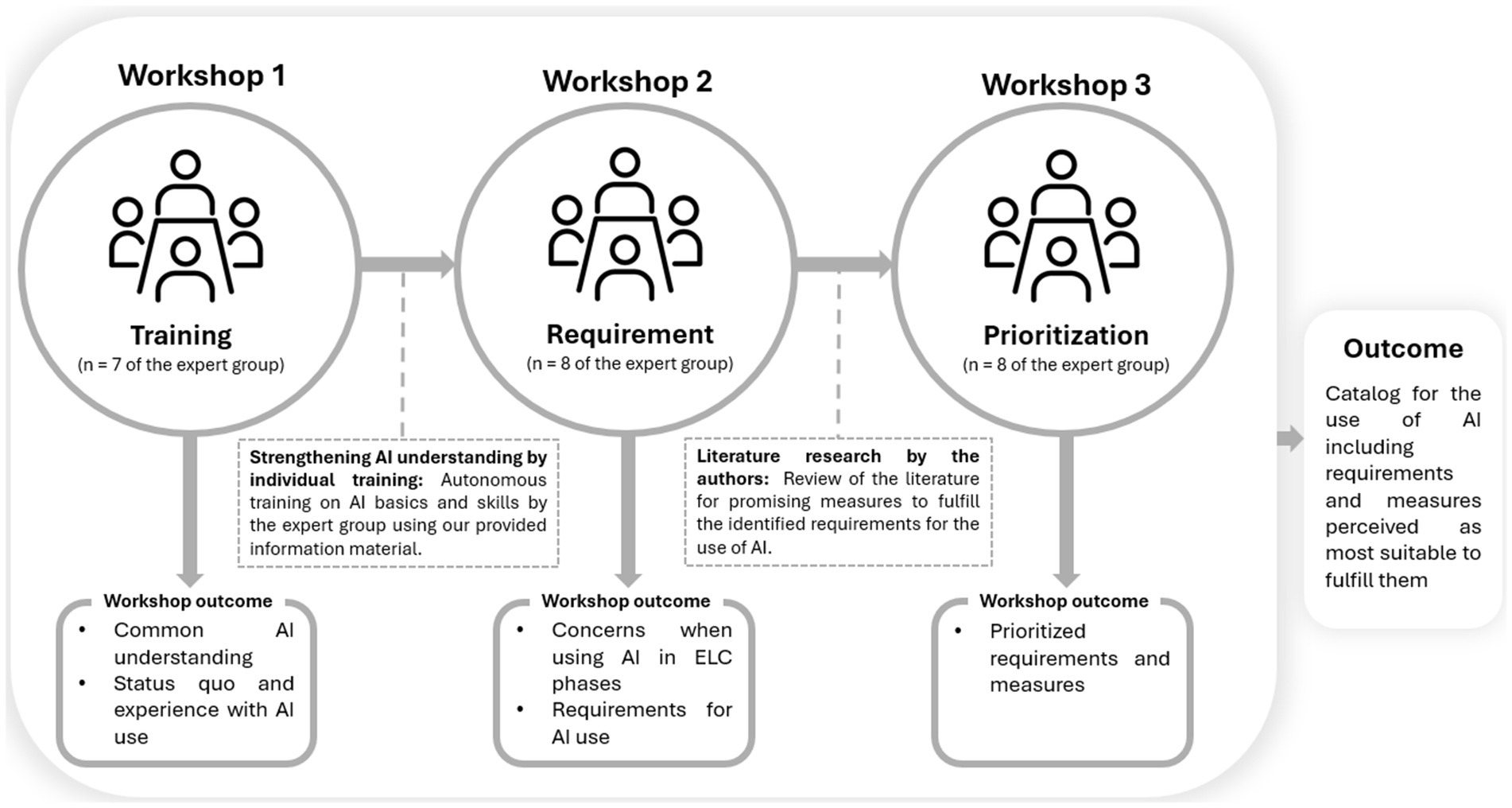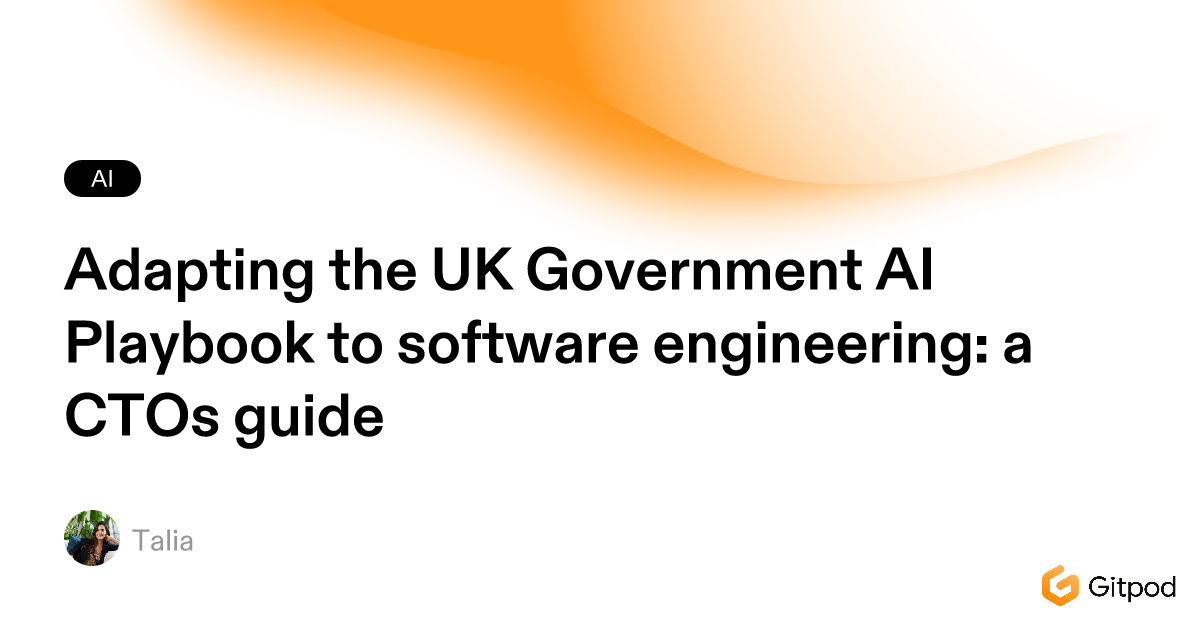UK government rollout of Humphrey AI tool raises fears…
The government’s artificial intelligence (AI) tool known as Humphrey is based on models from OpenAI, Anthropic, and Google, raising questions about Whitehall’s increasing reliance on big tech. Ministers have staked the future of civil service reform on rolling out AI across the public sector to improve efficiency, with all officials in England and Wales to receive training in the toolkit.

Concerns Raised
However, it is understood the government does not have overarching commercial agreements with the big tech companies on AI and uses a pay-as-you-go model through its existing cloud contracts, allowing it to swap through tools as they improve and become competitive.
Critics are concerned about the speed and scale of embedding AI from big tech into the heart of government, especially when there is huge public debate about the technology’s use of copyrighted material. Ministers have been locked in a battle with critics in the House of Lords over whether AI is unfairly being trained on creative material without credit or compensation.
Its data bill allowing copyrighted material to be used unless the rights holder opts out passed its final stage this week in a defeat for those fighting for further protections.
Backlash from the Creative Sector
The issue has caused a fierce backlash from the creative sector, with artists including Elton John, Tom Stoppard, Paul McCartney, and Kate Bush throwing their weight behind a campaign to protect copyrighted material.
Concerns from Experts
A freedom of information request showed that Ed Newton-Rex, the chief executive of Fairly Trained, who obtained the FoI and is campaigning against AI being trained on copyrighted material, said there was potential for a conflict when the government was also thinking about how this sector should deal with copyright.

Shami Chakrabarti, the Labour peer and civil liberties campaigner, also urged caution and to be mindful of biases and inaccuracies.
Evaluations and Guidance
Whitehall sources said Humphrey tools all worked in different ways, but users could take different approaches to tackling “hallucinations” or inaccuracy, and the government continually publishes evaluations about the accuracy of technology in trials.
An AI playbook for government also sets out guidance to help officials make use of the technology quickly and offers advice on how to ensure people have control over decisions at the right stages.
Costs and Efficiency
The costs of using AI in government are expected to grow as Humphrey is further rolled out, but officials say prices of AI per-use in the industry have trended downwards as models become more efficient.

Using the government’s AI Minute software to take notes for a one-hour meeting costs less than 50p and its early data shows that it saves officials an hour of admin each time.
A spokesperson from the Department for Science, Innovation, and Technology said: “AI has immense potential to make public services more efficient by completing basic admin tasks, allowing experts to focus on the important work they are hired to deliver. Our use of this technology, in no way, limits our ability to regulate it, just as the NHS both procures medicines and robustly regulates them.
“Humphrey, our package of AI tools for civil servants, is built by AI experts in government – keeping costs low as we experiment with what works best.”
Transparency and Regulation
When the Guardian asked ChatGPT what base models were used for the Humphrey AI toolkit and if Open AI was involved, it replied that the information was not available.

At the time the tool was announced earlier this year, the government said its strategy for spending £23bn a year on technology contracts would be changed, boosting opportunities for smaller tech startups.




















